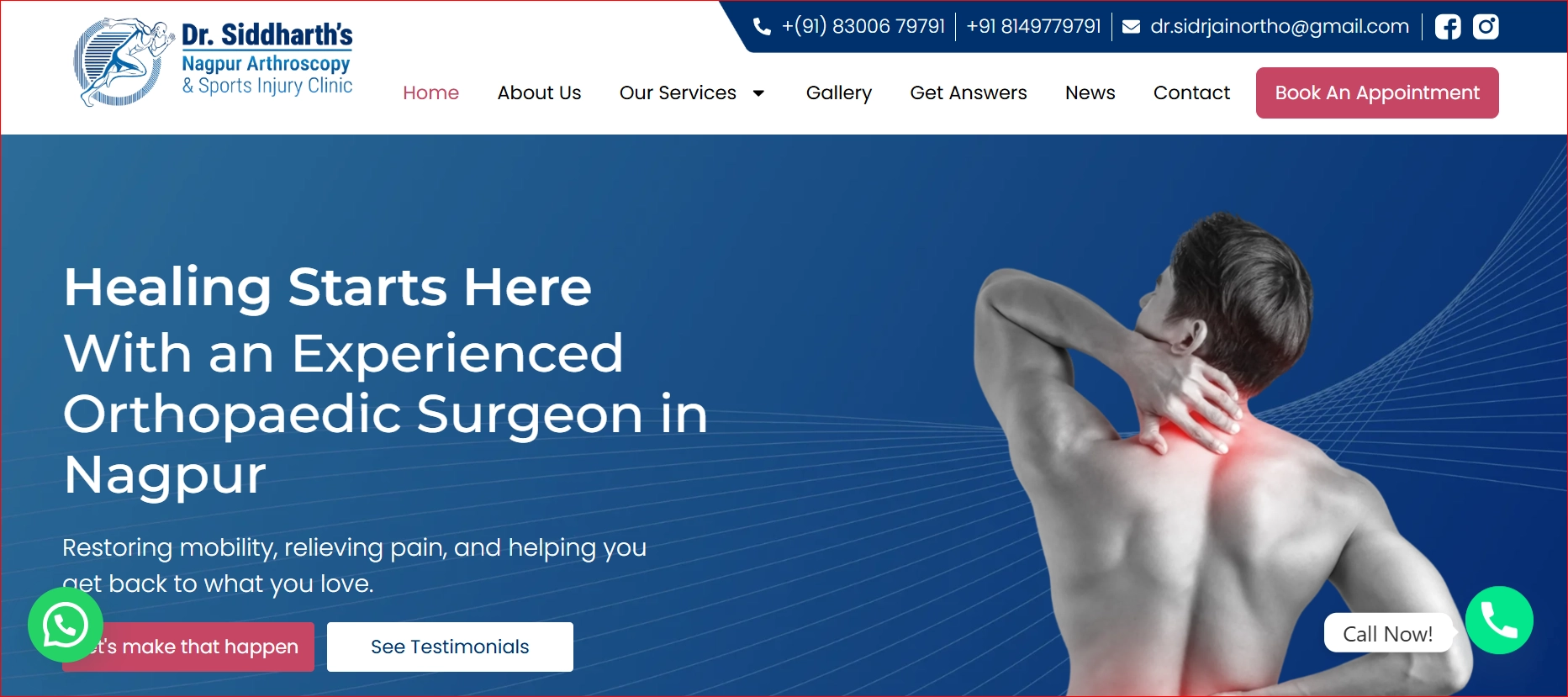How to Optimize Your E-Commerce Site for Higher Conversions
How to Optimize Your E-Commerce Site for Better Conversions
Optimizing your e-commerce site is essential for increasing conversions and driving sales. With a well-optimized site, you can enhance the user experience, reduce cart abandonment, and ultimately, boost your revenue. Here are key strategies to help you optimize your e-commerce site for better conversions.
1. Streamline the Checkout Process
A complicated checkout process can lead to cart abandonment. Simplify your checkout process by reducing the number of steps required to complete a purchase. Offer guest checkout options and minimize form fields to make it easy for customers to finalize their transactions.
2. Improve Site Speed
Website speed plays a crucial role in user experience and conversion rates. A slow-loading site can frustrate users and lead to lost sales. Optimize images, leverage browser caching, and use content delivery networks (CDNs) to enhance your site’s loading speed.
3. Enhance Mobile Responsiveness
With the growing use of mobile devices for online shopping, ensuring your e-commerce site is mobile-friendly is vital. Implement responsive design to provide a seamless experience across all devices. Test your site on various mobile devices to ensure it performs well and looks great.
4. Optimize Product Pages
Product pages are crucial for converting visitors into customers. Ensure your product pages feature high-quality images, detailed descriptions, and customer reviews. Implement clear calls-to-action (CTAs) and display relevant product information to help users make informed purchasing decisions.
5. Utilize Personalized Recommendations
Personalization can significantly enhance the shopping experience. Use data and algorithms to provide personalized product recommendations based on users’ browsing and purchase history. This can increase the likelihood of additional purchases and improve overall conversion rates.
6. Implement Effective Call-to-Actions (CTAs)
Your CTAs should be clear, compelling, and strategically placed throughout your site. Use action-oriented language and make sure CTAs stand out visually. Test different CTA designs and placements to determine what drives the highest engagement and conversion rates.
7. Optimize for Search Engines (SEO)
Search engine optimization (SEO) is essential for driving organic traffic to your e-commerce site. Optimize your site’s content, meta tags, and product descriptions for relevant keywords. Improve your site’s structure and ensure it’s crawlable by search engines to increase visibility and attract potential customers.
8. Enhance User Experience (UX)
A positive user experience is key to converting visitors into customers. Ensure your site’s navigation is intuitive, and users can easily find what they’re looking for. Provide a seamless browsing experience with a clean design, fast load times, and clear navigation paths.
9. Leverage Social Proof
Social proof, such as customer reviews, testimonials, and trust badges, can build credibility and trust with potential buyers. Displaying positive feedback and showcasing user-generated content can influence purchasing decisions and increase conversions.
10. Implement A/B Testing
A/B testing allows you to compare different versions of your site to determine which performs better. Test variations of product pages, CTAs, and other elements to identify what resonates best with your audience. Use the insights gained from A/B testing to make data-driven decisions and optimize your site for higher conversions.
11. Offer Multiple Payment Options
Providing various payment options can cater to different customer preferences and increase the likelihood of completing a purchase. Include popular payment methods such as credit/debit cards, digital wallets, and alternative payment options to accommodate diverse payment preferences.
12. Provide Excellent Customer Support
Effective customer support can improve the overall shopping experience and encourage conversions. Offer multiple support channels, such as live chat, email, and phone support, to assist customers with their inquiries and concerns. Ensure timely and helpful responses to build trust and enhance customer satisfaction.
Conclusion
Optimizing your e-commerce site is crucial for improving conversions and driving sales. By streamlining the checkout process, enhancing site speed, and providing a personalized shopping experience, you can create a more effective and engaging online store. Implementing best practices such as mobile responsiveness, SEO, and A/B testing will help you attract and retain customers, ultimately boosting your conversion rates and achieving greater business success.
Latest Article
-
Top 5 Arthroscopy Surgeons in Nagpur: An Updated Expert GuideArticle
-
The growing role of soft skills, social-emotional learning, and well-being in early childhood and higher education.Article
-
New pathways beyond traditional college degrees — micro-credentials, skill-based courses, and industry-aligned education.Article
-
Top 5 Chest Specialist Doctors in Nagpur You Can Rely OnArticle
-
Inside Mike Wolfe’s Passion Project: From Barn Finds to Everlasting LegaciesArticle






